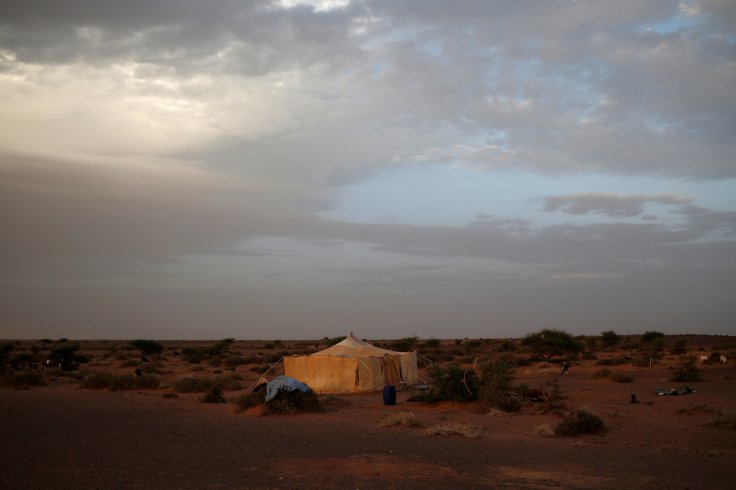
Humans are well aware of the effects of climate change and the consequences of global warming that our next generation is about to face. While in such situation scientists, environmental activists and many people are trying to make go green project a success, a group of researchers are actually trying to turn Sahara desert green for the first time in at least 4,500 years.
The research topic, published in the journal Science by Yan Li and colleagues, states that the Sahara desert could be turned into a giant solar and wind farm, as the team has found that all those hypothetical wind turbines and solar panels would be able to make their surroundings both warmer and rainier and that could turn parts of the third largest desert in the world into green.
The scientists have looked at the maximum amount of solar and wind energy that could be generated in this desert and the transition region to its south, which is the Sahel. The reasons for selecting these two regions are, firstly, they are relatively plausible sites for such an enormous roll-out of renewable energy and secondly, these two locations have substantial potential resources of wind and solar energy. As per the study, the team of the researchers have suggested that this project would be helpful for the Sahel in terms of economic development and will provide water for cities and agriculture.
The solar and wind farms are almost 38 times larger than UK and could be bigger than any existing solar and wind farms. The huge wind farms would raise temperatures by around 2 degree Celsius for instance similar to the amount of global warming we are concerned about but the solar would cause a smaller temperature change that would be around 1 degree Celsius.
Precipitation increases of 0.25 mm per day associated with the wind farms and this would be almost double the previous amount of rainfall. However, the effect related to the solar parks was smaller but still significant when added up over a year.
The turbine blades of wind firms bring warmer air down to earth's surface, especially at night and it has been noticed in the field studies by using remote sensing. They also help to increase moisture in the air. At the same time, the solar panels are responsible for absorbing solar radiation, so that less of the sun's energy can go back to space and this causes the surface to become warm.
The researchers added that in the Sahara desert, extra rainfall happens because of the wind turbines, which creates an obstacle to free-flowing air and reduces the effect of the Earth spinning on air flow. The air pressure difference between Sahara and surrounding areas causes the wind to flow there and when the air converges in the Sahara it forms raindrops and more rain means more vegetation.
However, this research looks like an interesting and important work from all the aspects. But the positive and negative consequences of such research are needed to be kept in mind too.









